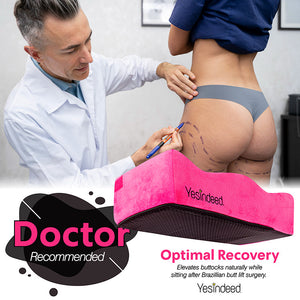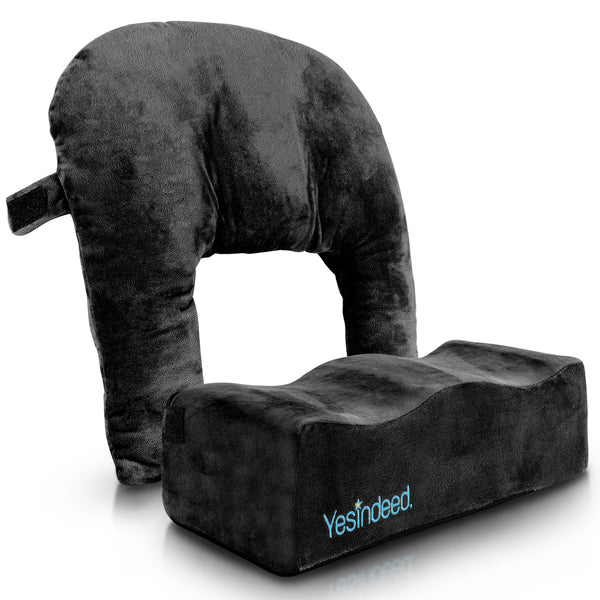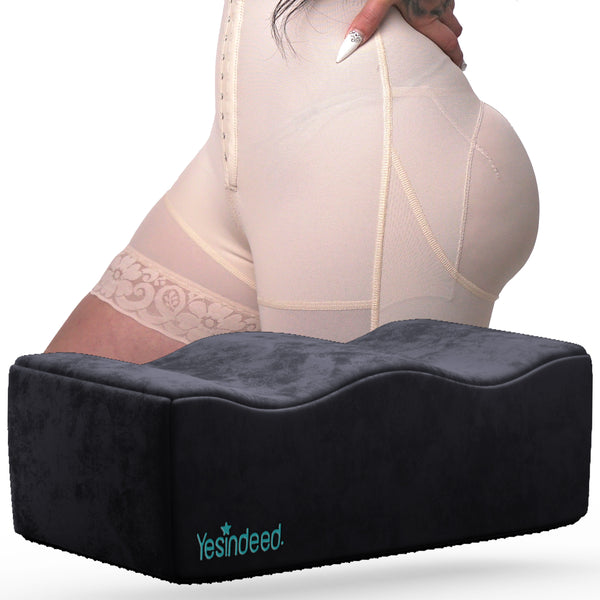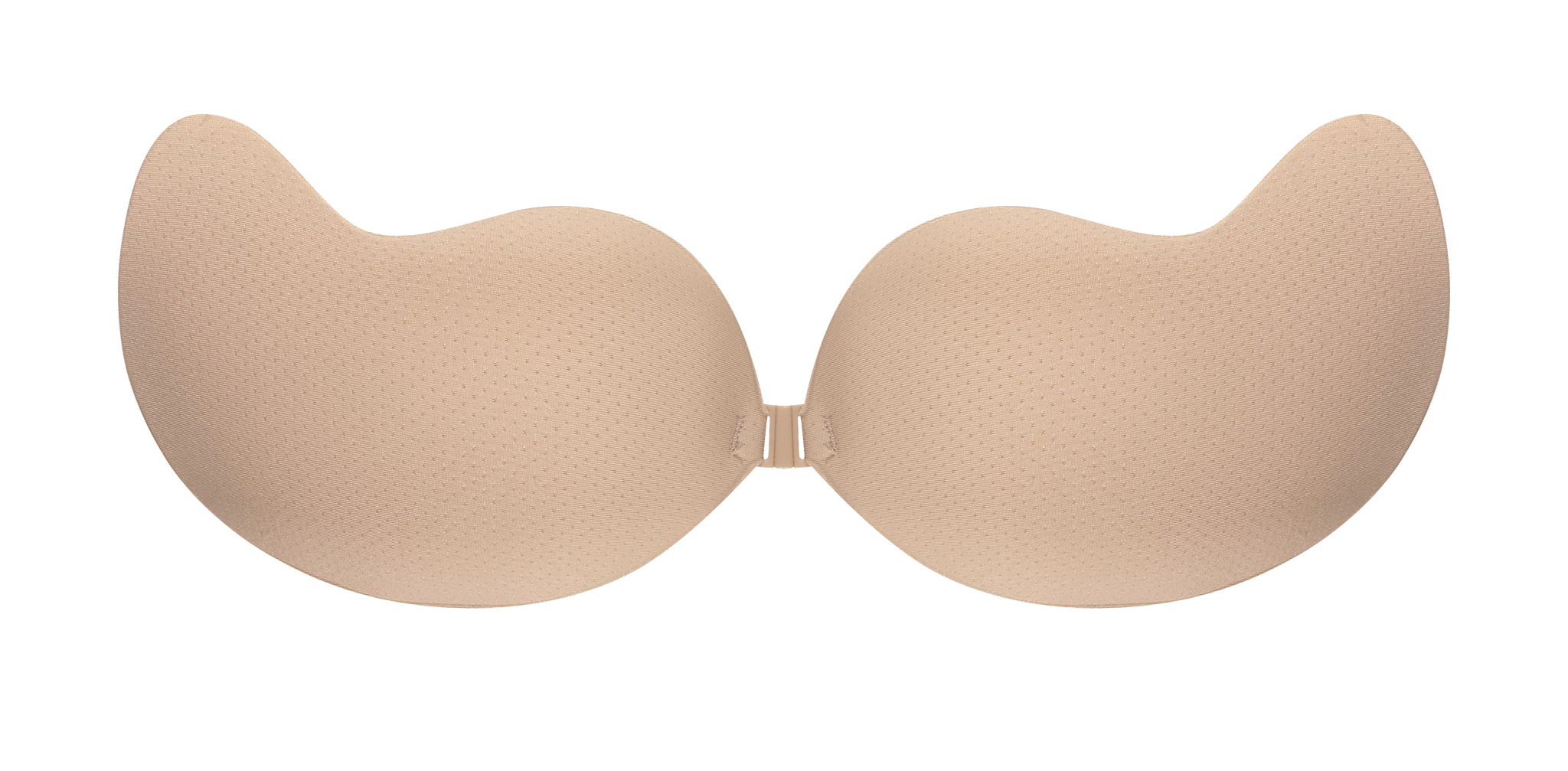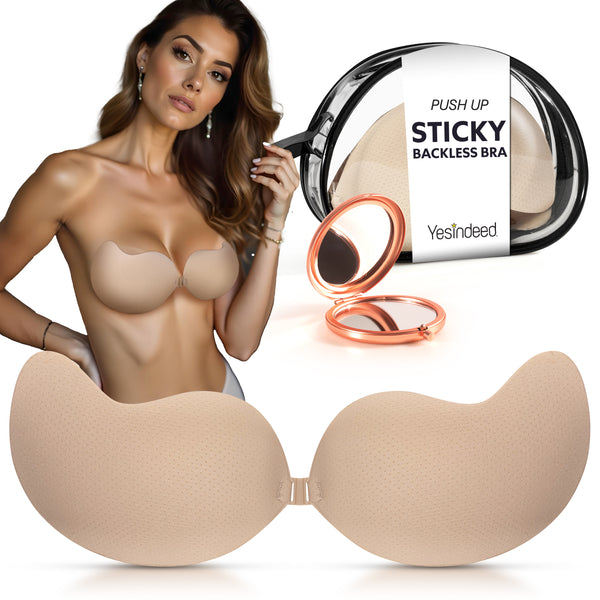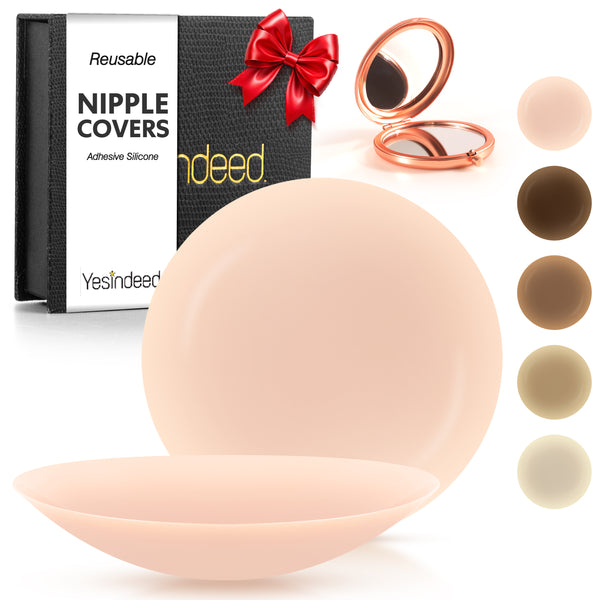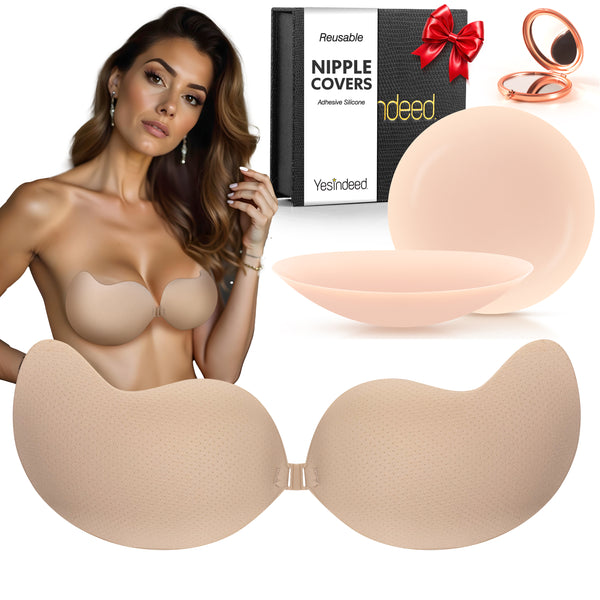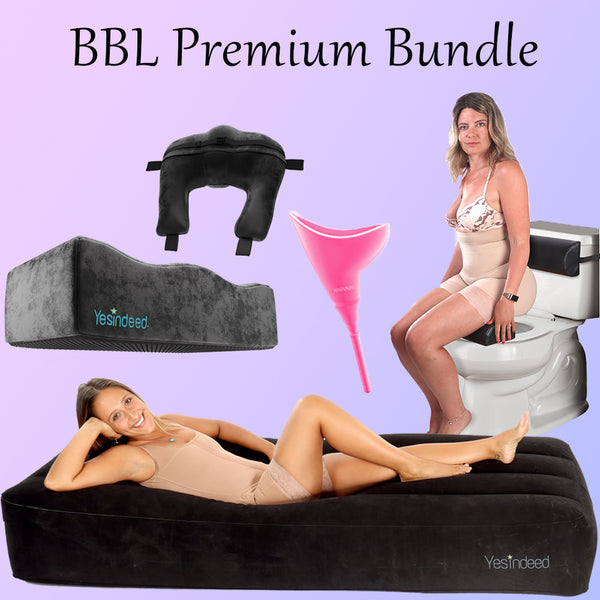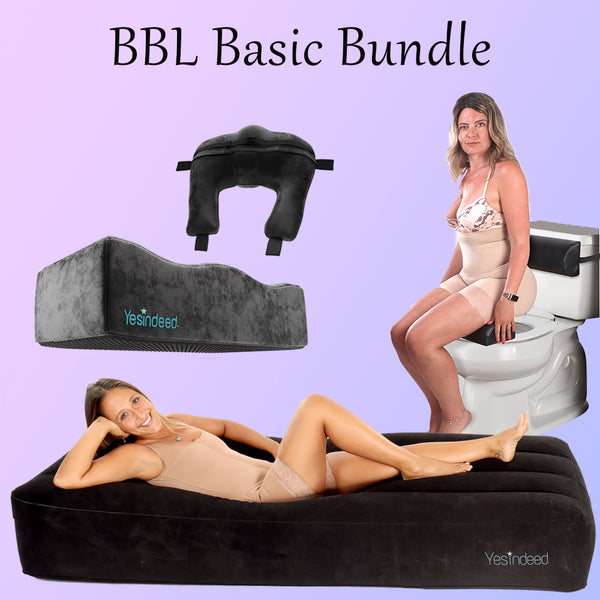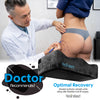Recovering from an arm liposuction intervention requires a meticulous approach that blends rest and movement to foster healing while maintaining agility. It's paramount to heed the instructions of your health care professional, as they possess profound insights into your specific case. Here's a guideline to recuperation maneuvers and pointers post-arm liposuction, but bear in mind that this is generalized counsel and should not supplant medical guidance.
Preparing For Recovery

Prior to delving into the maneuvers, grasping the context of your recuperation is essential.
- Follow Health Care Professional’s Directions: Adherence to the guidelines provided by your medical expert is crucial.
- Healing Trajectory: Comprehend that healing is a gradual process. The initial days are pivotal for rest.
- Compression Attire: These may be recommended to manage puffiness and provide support.
Phase 1: Immediate Post-Operation (Days 1–7)
During the first week, your primary aim is to rest and allow your system to initiate the healing process.
Days 1-3: Rest and Minimal Movement
- Gentle Maneuvers: Slowly move your digits and wrists to maintain circulation.
- Brief Ambulation: Short, slow ambulation around your abode to prevent blood clots.
Days 4–7: Gradual Mobility Enhancement
- Arm Circles: Make small, slow circles with your limbs to gently engage the musculature.
- Shoulder Elevation and Depression: Lift and lower your shoulders to promote mobility.
Phase 2: Early Recovery (Weeks 2-4)
As you enter the second week, you can start incorporating more movements.
Week 2: Enhanced Mobility
- Wall Ascension: Stand facing a wall and ascend your digits as high as comfortable, then descend.
- Elbow Flexion and Extension: Gently bend and straighten your elbows.
Weeks 3–4: Augmenting Flexibility
- Wrist Rotations: Rotate your wrists to maintain joint flexibility.
- Gentle Elongation: Slow, controlled elongation for your limbs and shoulders. Do not push into pain.
Phase 3: Active Recovery (Weeks 5-8)
At this juncture, your focus shifts towards regaining strength and functionality.
Weeks 5–6: Fortification
- Resistance Implements: Begin with light resistance to gently work the arm musculature.
- Minimal Heft Dumbbells: Employ very light dumbbells for foundational maneuvers like bicep curls and tricep extensions, but keep the heft minimal.
Weeks 7-8: Enhanced Movements
- Aquatic Activity: Gentle aquatic activity can be a great low-impact exercise for your limbs.
- Flexibility and Strength Modalities: These can help improve pliability and strength. Opt for beginner or gentle classes.
Phase 4: Advanced Recovery (Months 3-6)
During these months, you can gradually revert to your normal movement routine, but still with caution.
Months 3–4: Amplified Strength Training
- Incremental Heft Augmentation: Gradually increase the heft you’re lifting, but heed your system's signals.
- Bodyweight Maneuvers: Exercises like modified push-ups can help build strength.
Months 5–6: Full Range Movements
- Regular Gym Routine: If you feel ready and have clearance from your doctor, gradually revert to your normal movement routine.
- Sports and High-Impact Movements: You may commence engaging in more vigorous movements, but always be cautious.
Additional Recovery Pointers
- Hydration: Consume ample water to aid in healing.
- Nutrition: Ingest a balanced diet rich in protein, vitamins, and minerals to support tissue repair.
- Slumber: Ensure adequate rest for optimal recovery.
- Massage Therapies: Consider lymphatic drainage massages if recommended by your physician.
- Abstain from Smoking and Alcohol: These can impede the healing process.
- Regular Follow-ups: Attend all post-operative consultations with your physician.
Monitoring Progress And Adjustments
As you navigate through your recuperation, it’s paramount to monitor how your system responds to the maneuvers. Puffiness, pain, and discomfort are normal in the initial stages, but if you notice any unusual symptoms or increased pain during your movements, consult your medical expert immediately.
- Heed Your System's Signals: Pain is a communication signal. If a maneuver causes pain beyond mild discomfort, halt and reassess.
- Regulate Intensity: If needed, decrease the intensity of your maneuvers or take additional rest days.
Long-Term Care And Sustenance
Once you’ve fully recovered, maintaining the enhancements from your intervention is crucial. This involves a blend of regular movement, a balanced nourishment plan, and a healthy lifestyle.
Movement Routine
- Cardiovascular Endeavors: Activities like jogging, cycling, or aerobics are great for overall fitness.
- Strength Training: Continue with a balanced strength training routine that includes your limbs.
- Flexibility Training: Incorporate elongation or yoga to maintain flexibility.
Nourishment And Diet
- Balanced Nourishment: Consume a diet rich in fruits, vegetables, lean proteins, and whole grains.
- Portion Consciousness: Be mindful of portion sizes to avoid weight gain.
- Stay Hydrated: Continue consuming ample water.
Lifestyle Modifications
- Regular Health Check-ups: Keep up with regular health assessments and consult your surgeon for any concerns regarding your liposuction zones.
- Abstain from Smoking: Smoking can adversely affect your health and the appearance of your skin.
- Stress Management: Practice stress-reducing activities like meditation or deep breathing exercises.
Coping With Emotional And Physical Changes
Recuperating from liposuction is not just a physical journey but an emotional one as well. The changes in your physique, the downtime, and the healing process can impact your mental well-being.
- Exercise Patience: Understand that recuperation and observing the final enhancements take time.
- Support Network: Lean on friends, family, or support groups for emotional support.
- Professional Help: If you’re struggling with your mental health during recuperation, don’t hesitate to seek help from a therapist or counselor.
When To Seek Medical Attention
 While complications from arm liposuction are rare, it's important to be vigilant. Seek immediate medical attention if you experience:
While complications from arm liposuction are rare, it's important to be vigilant. Seek immediate medical attention if you experience:
- Severe pain is not alleviated by prescribed medication.
- Signs of infection, such as fever, increased redness, or discharge from incisions.
- Significant puffiness or asymmetry between the limbs
- Shortness of breath or chest discomfort.
Final Thoughts
The journey of recovery post-arm liposuction is unique for everyone. It involves patience, dedication to gentle movements, and adherence to your medical expert’s advice. While this guide provides a comprehensive outline of what to expect and how to navigate the recuperation process, remember that your journey may differ. Stay in close communication with your healthcare provider, heed your system's signals, and give yourself grace as you heal and adapt to the changes.
The successful outcome of your liposuction not only depends on the intervention itself but also on how well you take care of yourself during the recovery period. By following a structured movement plan, maintaining a healthy lifestyle, and being mindful of your system's signals, you can ensure a smoother recovery and long-lasting enhancements.









